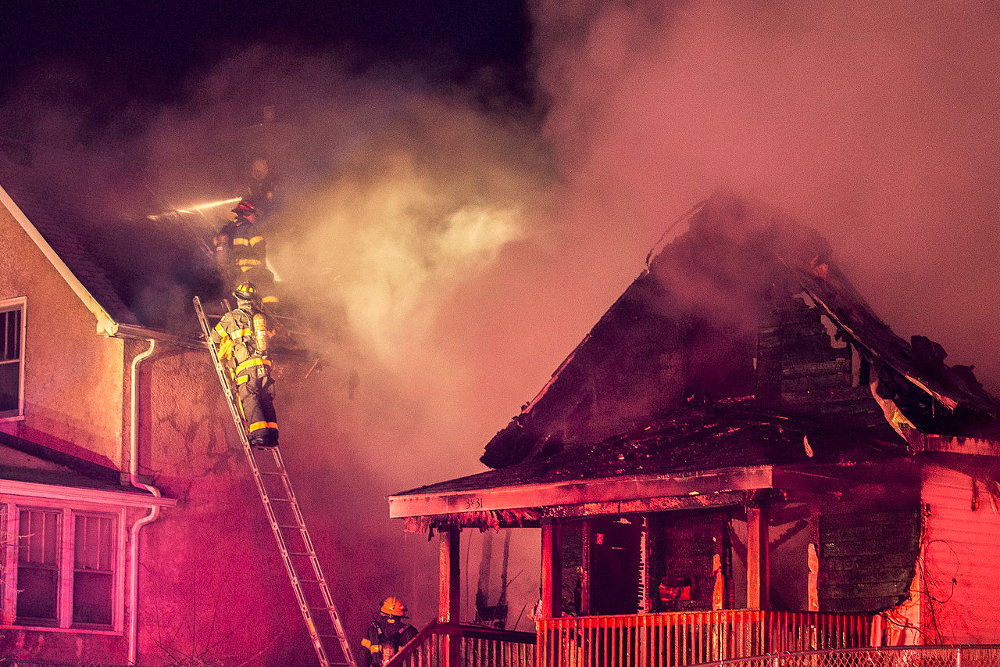
Fire Safety Chemicals ‘Threaten’ Public Health, Alliance Warns
The use of chemical flame retardants in furniture to improve fire safety can also have severe implications for public health, a number of associations have warned.
September 20, 2016 | Source: EurActive | by Sarantis Michalopoulos
The use of chemical flame retardants in furniture to improve fire safety can also have severe implications for public health, a number of associations have warned.
An alliance of stakeholders representing equipment makers, environmental NGOs, cancer organisations, firefighters, and labour unions have expressed concern about the safety of using flame retardants in furniture.
Flame retardants are chemicals which are used in materials, such as plastics and textiles, aiming to prevent or delay the spread of fire.
In the case of furniture products, these chemical substances can be found in foam and textiles (couches, chairs, etc.). While they contribute to fire safety standards, some of them can end up being quite harmful for public health, experts say.
Health impact
The alliance presented their views at a conference in Brussels on 8 September.
Dr. Lisette van Vliet, Senior Policy Officer at the Health and Environment Alliance (HEAL), a public health NGO, told EurActiv.com that chemical flame retardants were linked to fertility problems, issues in children’s development (birth weight, attention, IQ, coordination), cancers, and other effects on the immune system and metabolism.
Known examples include brominated flame retardants, often used in household textile or furniture, which are listed as of endocrine disrupting chemicals.
“And given that these flame retardants are often persistent―that is they get into our bodies―it’s important to be sure that we are eliminating these flame retardants and achieving fire safety in more effective, less polluting ways,” she said.
